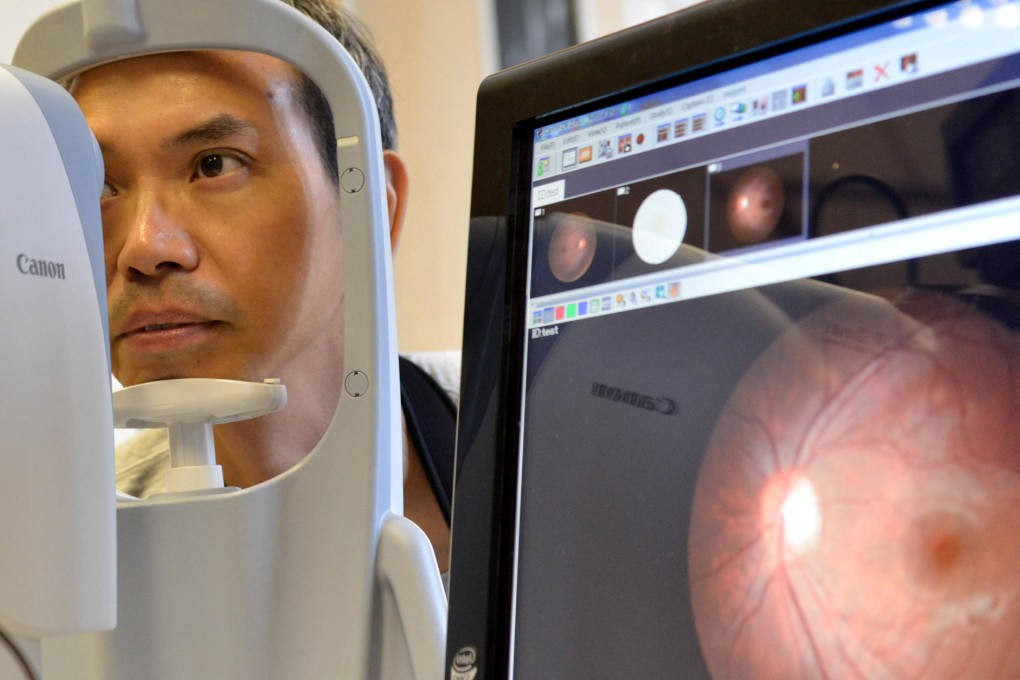Eye scanner that can detect stroke risk developed by Chinese University
Researchers at Chinese University develop program that can analyse retinal images

A computer program that scans images of patients' eyes may offer a cheap and speedy way to identify people at risk of a stroke.
Developed by Chinese University researchers, the system automatically checks blood vessels from retinal images to identify potential stroke victims.
Tests have shown it to be up to 90 per cent accurate and it may go into widespread use after three more years of study.
"Our aim is to popularise the system so that more people can be detected before they get a stroke," said Professor Benny Zee Chung-ying, head of the university's biostatistics division.
Images from retinal cameras are uploaded to the system, which gives an analysis of the patient's blood vessel patterns and whether there is any narrowing or obstruction.
Doctors can then warn patients of the possible risk and recommend medication or lifestyle changes, such as quitting smoking.